Results 11 to 20 of 21
Threaded View
-
01-31-2021, 10:23 AM #1
 Help with Ozuku's inclusions (with micrographs)
Help with Ozuku's inclusions (with micrographs)
Hi to all SRP's fellows.
I'm testing (and eventually buy) this Ozuku.
Took some photos with my (cheap) Usb Microscope of some inclusions of the stone. Anyone can say if they are dangerous?
To the touch they do not feel and ... apparently, they don't seem to affect the passage of the blade, but I would like to be sure that cannot do any damage.
Thanks!
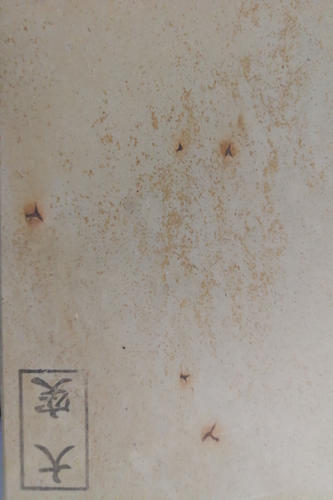
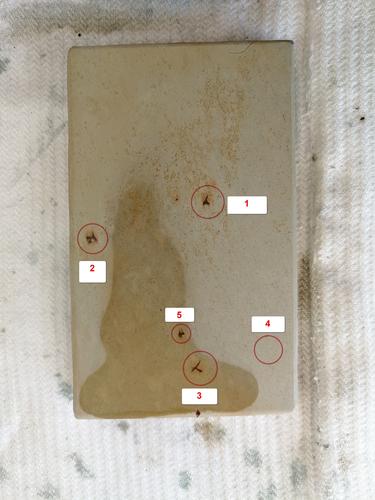
1)
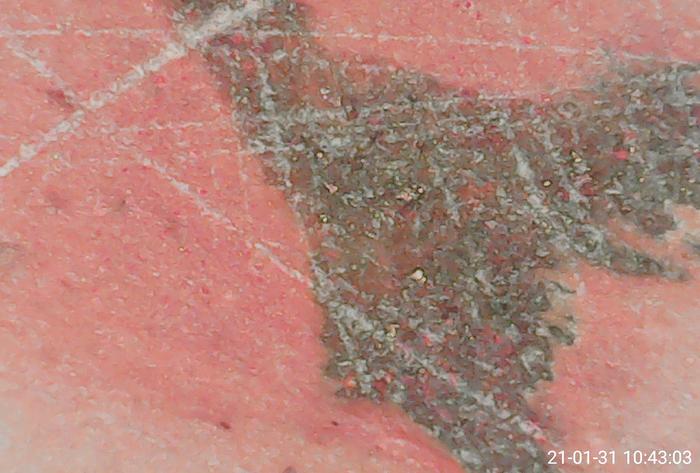
2)
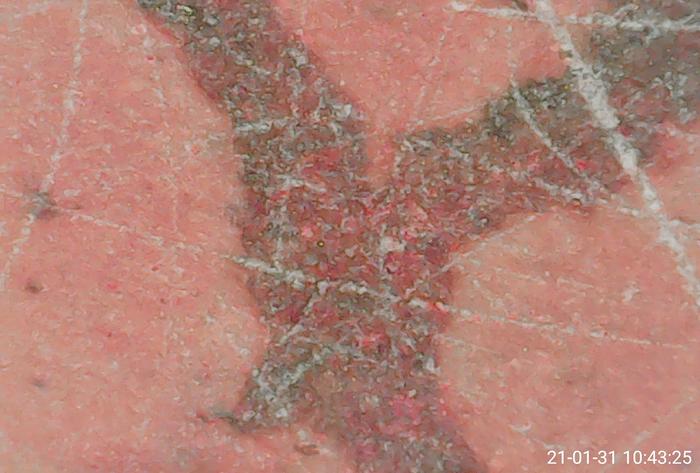
3)
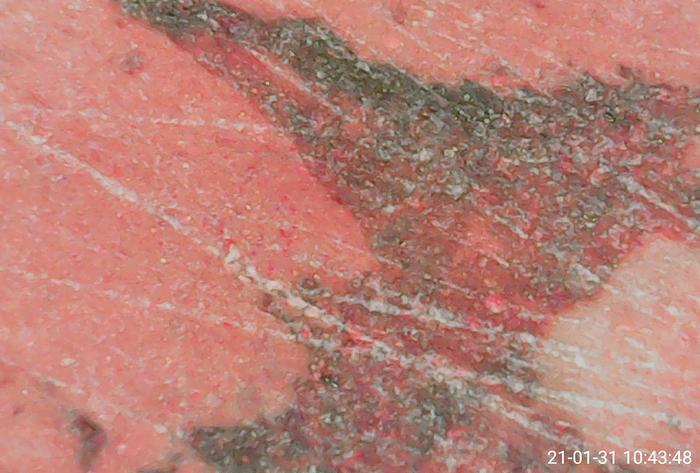
4)
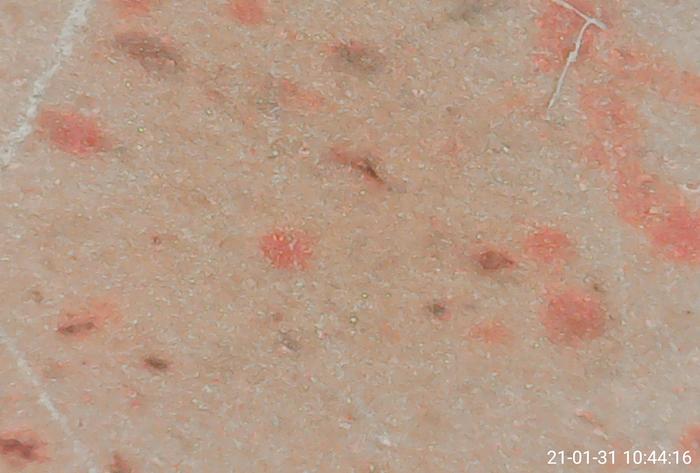
5)
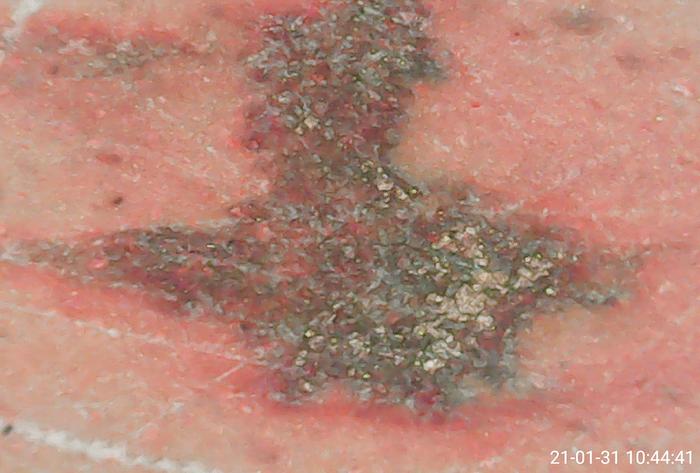 I know that I don't know (Socrates)
I know that I don't know (Socrates)


 23Likes
23Likes LinkBack URL
LinkBack URL About LinkBacks
About LinkBacks







 Reply With Quote
Reply With Quote